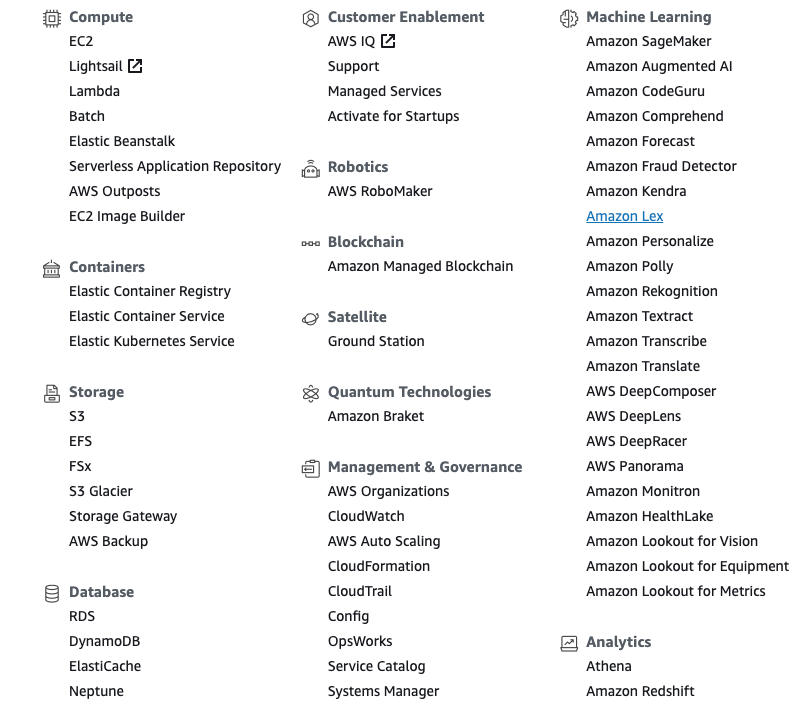No-SQL Databases
We often hear the phrase that data is the most important entity in the new world. The success of any product or company is dependent on the amount of data that can be acquired and processed for decision making. With such an emphasis on data, it was evident that the software industry explores additional options for storing data along with traditional RDBMS.
This does not mean Relational databases are not good enough, they are good for some of the use cases but do have their limitations. For example, a relational database can be difficult to scale (sharding is there but it has its own limitations), can be challenging to manipulate (try adding a new column to an existing table), or can be slow (complex join based queries).
No-SQL database is not just a single database, but more of an umbrella term covering a set of databases or in simple words a non-RDBMS database is termed as a no-SQL database. Let’s take a look at four broad categories in which no-SQL databases can be divided.
Key-Value database: Most simple form for storing data. As the name suggests data is stored in form of Key-Value pairing, think of it as a hashmap kind of data store. Data can easily grow exponentially as long as the keys being used are unique.
Example: Redis, Riak
Document-based database: This can be thought of as an extension to the key-value database. The values being stored are in form of a structured document. Metadata is provided so that each document is indexed and is searchable.
Example: MongoDB, CouchDB, CosmosDB
Column-based database: RDBMS stores data in form of row-based storage. In contrast, a column-based database stored the data in column-oriented storage. This gives an advantage for searching data based on columns easily and at the same time lets your data grow up to large levels by supporting the distribution of data. Further Read: https://en.wikipedia.org/wiki/Column-oriented_DBMS
Example: Cassandra, HBase
Graph-based database: An interesting set of data can be where each data node is linked to another node in some manner. For example, think of a social networking site, where each profile node can be linked to another node as a friend (or colleague). Graph-based databases provide inbuilt support for storing this kind of data.
Example: Neo4J, OrientDB
Additional Reads: https://en.wikipedia.org/wiki/NoSQL http://www.opensourceforu.com/2017/05/different-types-nosql-databases/

